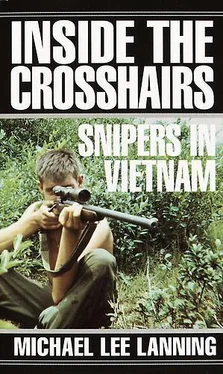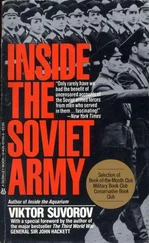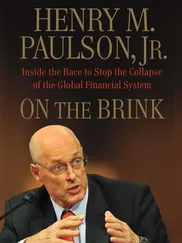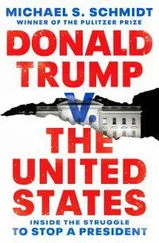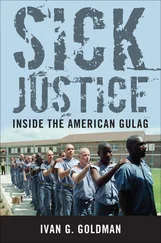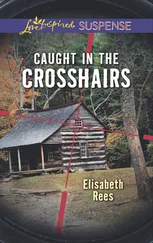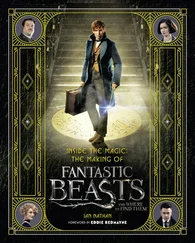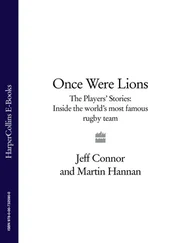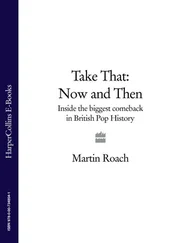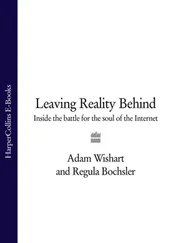By the end of the seventeenth century, smooth-bore flintlock muskets dominated civilian and military weaponry in the New World. The first American contribution to firearms manufacture occurred in the Pennsylvania Colony early in the eighteenth century. Immigrants from Germany and Switzerland brought with them skills in crafting weapons and an appreciation for marksmanship and shooting competitions.
Because of the expense of shot and powder, those early American gunsmiths modified European designs to be more economical. They reduced calibers from .69–.75 to .40–.50 and lengthened the 42-inch barrels to as long as 48 inches, which increased velocity by ensuring that all the powder burned before the shot left the barrel. They also greased patches of cloth with pork or bear fat to wrap the shot, which helped seal the charges and prevented gases from escaping. These modifications also improved accuracy by flattening the firing trajectory. As a result, Pennsylvania long rifle flintlocks became the weapons of choice for hunters and frontiersmen. However, the costs of the long rifles, which could not be mass-produced, prevented their issue to local militias or to the English troops overseeing the colonies’ security.
Instead the British army used the relatively inexpensive, mass-produced English Long Land Service Musket, better known as the Brown Bess. Ten pounds in weight with a forty-six-inch-long, .75-caliber barrel, the sturdily built Brown Bess could sustain the rigors of military field action. Its one-ounce lead ball measured only .71 caliber, so it loaded quickly and easily down the slightly larger barrel.
While the smaller-diameter ball positively affected speed of reloading of the Brown Bess, it had a negative impact on accuracy. The lead balls bounced from side to side in their passage out of the barrel. Consequently, the path of the shot varied widely in elevation and windage from its intended mark.
The French, the other major military force of the eighteenth century, developed their own standard military flintlock. Other than having a slightly smaller .69 caliber, the French Charleville closely resembled the British Brown Bess—down to the lack of accuracy. Even the most skilled marksmen had little control over where the shot landed.
A common military rhyme of the period about both British and French musket shots summed up the situation:
One went high,
and one went low,
and where in Hell
did the other one go.
British Brown Besses and French Charlevilles faced each other in North America during the Seven Years’ War (1756–63), an extension of the two countries’ conflict in Europe. American colonists, who accompanied the British as members of local militias, were also armed with the Brown Bess or other smooth-bore muskets that were “accurate” for only eighty yards or less. Toward the end of the conflict, the British formed the 60th Royal Americans as sharpshooters equipped with Pennsylvania long rifles. There is no record, however, that those marksmen had any influence on the war’s final battles, perhaps because British commanders saw little use for weapons that could not mount bayonets. Cold steel rather than hot shot remained the deciding factor in most battles.
The first accurate long-range shooters to influence a battle in America came forward in the Revolutionary War. Americans armed their rebel army with Brown Besses captured from the British, with Charlevilles purchased from the French, and with locally produced .75-caliber flintlocks—called Committee of Safety muskets, authorized by the Continental Congress in November 1775. All of these weapons shared the inaccuracy common to smooth-bore muskets. Except when fired in volley at close range or employed as holders for bayonets, they were so ineffective that Benjamin Franklin recommended arming the revolutionary army with bows and arrows rather than the unpredictable muskets.
British ordnance expert Major George Hanger wrote about the accuracy of Revolutionary War muskets of both sides, stating, “A soldier’s musket will strike the figure of a man at 80 yards; it may even at a hundred, but a soldier must be very unfortunate indeed who shall be wounded by a common musket at 150 yards, provided his antagonist aims at him; and as to firing at a man at 200 yards, with a common musket, you may just as well fire at the moon. No man ever was ever killed by a musket at 200 yards by the person who aimed at him.”
American military commanders quickly recognized that they had neither the manpower nor the firepower to fight the British army at close quarters. They were also aware that all the Revolution had to do to succeed was to survive. As long as George Washington and other American commanders had forces in the field, whether engaged in combat or not, the fledgling United States continued to exist. As a result, Washington and his subordinates avoided open combat and often engaged in guerrilla-like warfare, knowing that eventually Britain would either tire of the conflict or would recall its forces to Europe to engage other enemies.
The Pennsylvania long rifle was the most effective weapon for the Americans’ tactics. During skirmishes and harassing attacks, the sharpshooters armed with those rifles engaged the enemy from distances the British Brown Besses could not reach. In closer, more sustained combat, the rifle marksmen could pick off British commanders behind main battle lines at ranges of 200 to 250 meters.
On June 14, 1775, the Continental Congress authorized Pennsylvania to form six companies of longriflemen, and then a few days later expanded the order to nine companies. The first company mustered into service on June 29 at Northumberland with John Lowden as its captain and James Parr as first lieutenant. In its ranks stood Timothy Murphy, who would become America’s first expert combat marksman and a hero of the Revolution.
The rifle companies united into the Pennsylvania Rifle Battalion, renamed the 1st Pennsylvania Continental Regiment in July 1776, under command of Colonel William Thompson, and for two years supported most of Washington’s major engagements, firing from hidden positions to slow the British advance and covering the retreat of the rebel army when it broke contact.
In mid-June 1777, Washington transferred the 1st Pennsylvania, including Tim Murphy, to Morgan’s Rifle Corps with instructions that the unit oppose the British army advance, under the command of General John Burgoyne, down the Hudson River Valley. Colonel Daniel Morgan, commander of the 500-man corps and an expert marksman himself, held more than mere revolutionary zeal against the British. While working for the British as a teamster in 1756, he had struck an officer during an argument and had been horsewhipped as punishment. Throughout his command of the rifle corps, Morgan often encouraged his marksmen to “shoot for the epaulets”—uniform adornments worn only by officers.
A contemporary description of Morgan’s sharpshooters reported that the men of the rugged, hard-bitten group each carried a long knife and hatchet in addition to a long rifle. They dressed in buckskins and moccasins. Many wore the slogan “Liberty or Death” embroidered on their hunting shirts or on their caps.
After the First Battle of Freeman’s Farm, in New York on September 19, 1777, the U.S. commander, General Horatio Gates, credited Morgan’s riflemen for the success in briefly stopping Burgoyne’s advance. At the Second Battle of Freeman’s Farm, on October 7. Morgan’s corps—and particularly Private Timothy Murphy—might very well have influenced the outcome of the American Revolution.
Burgoyne dispatched General Simon Frazer to probe the American flank at Bemis Heights, along the Hudson River, to prepare the way for the main attack. Morgan’s men rushed to cut off the British advance. Frazer, mounted on a distinctive iron-gray gelding some 300 yards from the Americans, immediately became a target of the American sharpshooters. The first two Pennsylvania rifle bullets, fired by Murphy and a counterpart, hit the general’s saddle and passed harmlessly through the horse’s mane. Murphy, who had climbed into a small tree for better observation, then fired the third shot, which knocked Frazer from his horse with a mortal wound. [7] Precise credit for individual shots in the Revolutionary War was as difficult to accurately confirm as it would be in future conflicts. None of the limited accounts of the time about the battle mention Murphy as the person who fired the shot that killed Frazer. However, Murphy claimed the kill, and several of his fellow riflemen confirmed that it was his shot that brought down the general.
Читать дальше
